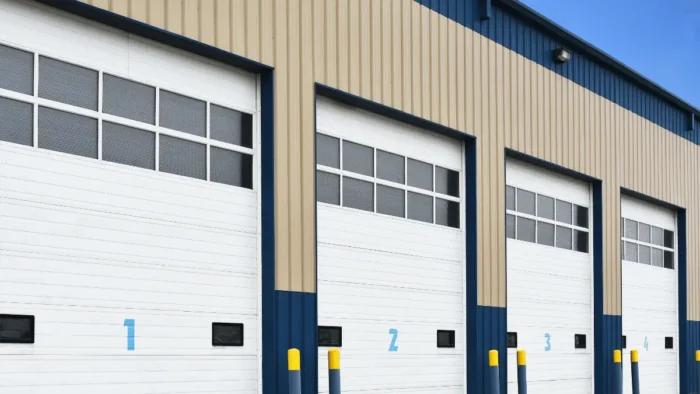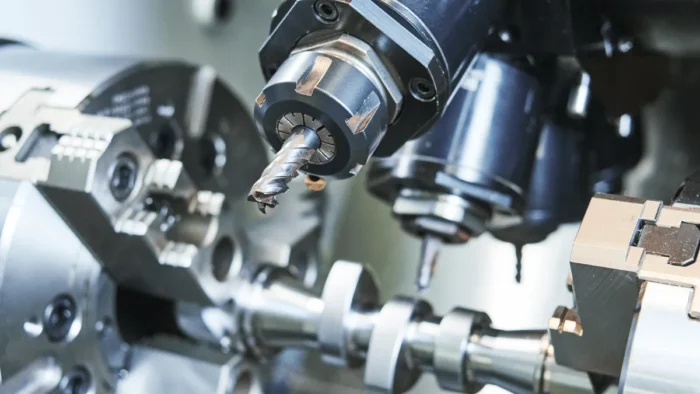The selection of materials is crucial in deciding the outcome of a project when it comes to manufacturing and product design. Structural foam is one material that has attracted a lot of attention due to its extraordinary strength and adaptability. As we research in the many complexities of this innovative material, it becomes very obvious that its applications extend far away beyond traditional expectations. This foam has emerged as a go-to solution for various engineering challenges, from lightweight yet durable consumer goods to robust industrial components.
In this exploration, we will talk about the key characteristics, manufacturing processes, and a significant number of applications that showcase the exceptional capabilities of structural foam.
The Foundation: Understanding Structural Foam
At its core, structural foam is a type of plastic that is engineered to possess improved strength and durability compared to standard plastics. The secret lies in its unique cellular structure, which is characterized by a network of bubbles or cells that provide structural integrity without compromising on weight. This innovative design reduces material usage and imparts remarkable strength, making this foam an ideal choice for applications where both lightweight and robust qualities are critical.
Foam Molding: The Art and Science of Structural Foam
Central to the production of structural foam components is the process of foam molding. This sophisticated technique makes manufacturers craft complicated shapes and designs with precision, bringing the envisioned product to life. A combination of thermoplastic material, a blowing agent, and other additives is heated and injected into a mold in structural foam molding. As the molten mixture fills the mold, the blowing agent releases gas, creating a cellular structure within the material. This controlled expansion results in a lightweight yet rigid final product, perfectly encapsulating the essence of this type of foam.
The Silent Strength: Structural Foam’s Mechanical Properties
Its lightweight nature and exceptional mechanical properties set structural foam apart from its counterparts. The cellular structure formed during molding contributes to increased strength and stiffness. This makes this foam an excellent choice for applications where high-impact resistance and load-bearing capabilities are crucial.
From automotive components to industrial equipment, the silent strength of this type of foam shines through, providing a reliable and durable solution.
Versatility Unleashed: Exploring Applications Across Industries
Structural foam’s versatility knows no bounds, finding applications across many industries.
In the automotive sector, it is utilized to fabricate lightweight but sturdy interior components, reducing overall vehicle weight and improving fuel efficiency.
Similarly, foam molding is utilized in consumer goods to create everything from recreational equipment to household appliances. Its corrosion resistance and durability make it an attractive choice for outdoor furniture, ensuring longevity even in extreme weather conditions.
Innovation in Design: Structural Foam in Electronics

The ever-evolving electronics industry has also adopted the capabilities of structural foam. As consumer demand for lighter and more portable devices increases, manufacturers turn to this type of foam to strike the delicate balance between weight and durability. The material’s versatility in design and manufacturing processes has positioned it as a critical player in the electronics sector, from protective casings for electronic gadgets to complex internal components.
Environmental Consciousness: Structural Foam’s Eco-Friendly Edge
Beyond its mechanical prowess and design flexibility, structural foam also presents an eco-friendly aspect. The lightweight nature of the material translates to reduced transportation costs and lower carbon footprints.
Additionally, the efficient use of materials in the molding process minimizes possible waste, aligning structural foam with sustainability goals. As industries strive for greener practices, the environmental consciousness of this type of foam makes it a compelling choice for conscientious manufacturers.
Challenges and Innovations: Navigating the Road Ahead
While structural foam has undeniably transformed the landscape of materials engineering, it is not without its challenges. Balancing the need for strength with other material properties can pose complicated design dilemmas. However, ongoing research and development continue to address these challenges, paving the way for innovations that push the boundaries of what this type of foam can achieve. The synergy of science, technology, and creativity will undoubtedly move structural foam into new domains of application and efficiency.
Conclusion
The exploration of structural foam shows a material that exceeds the conventional boundaries of plastics. Its unique cellular structure, harnessed through advanced molding techniques, imparts strength and versatility that cater to various industries.
This type of foam has become a cornerstone in pursuing lightweight yet robust solutions from automotive engineering to electronics and beyond. As we navigate the complex landscape of materials engineering, structural foam’s silent strength and innovative potential continue to revolutionize how we design and manufacture products, promising a future where strength and versatility coexist seamlessly.





